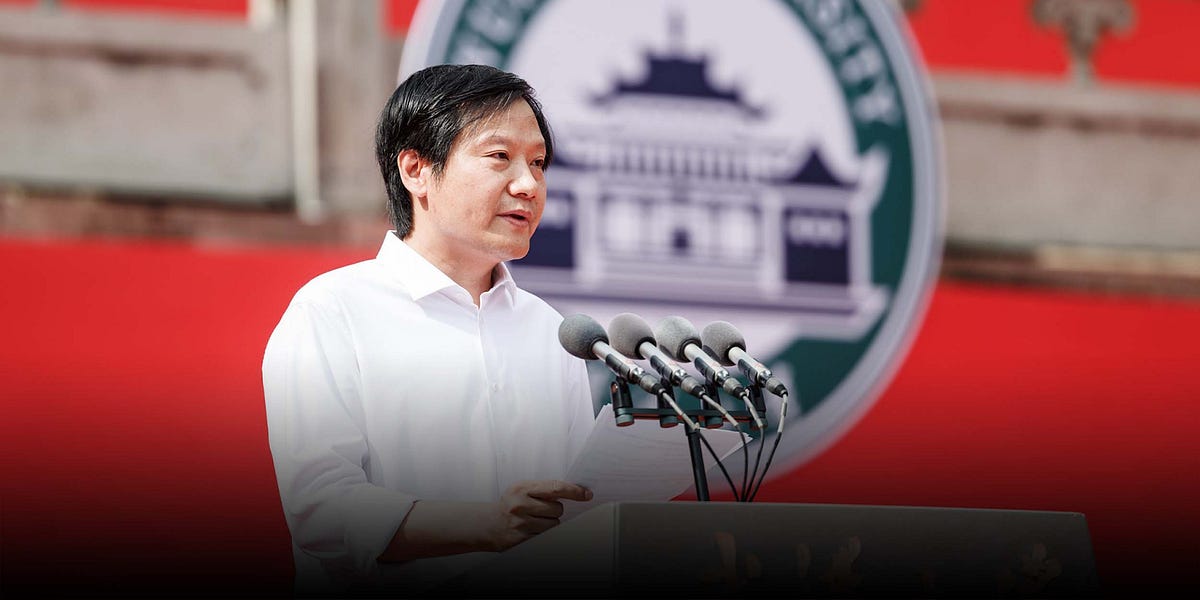Over the last decade, India has developed a unified, digital health system that supports innovation and efficiency. It has created a digital health identity now linked to over 730 million people, making healthcare more accessible and streamlined. While other countries battle rising costs and disconnected systems, India is building networks that connect providers, diagnostics, and insurers in both the public and private sectors.
Unlike many places where AI in healthcare is still theoretical, Indian companies are actively using AI for diagnostics in rural clinics and city hospitals, improving healthcare in real-world settings. Beyond healthcare improvements, this digital infrastructure helps strengthen governance and enhance national resilience.
India’s approach stands out because it was not built from excess resources. Instead, it was built from challenges like fragmentation, underinvestment, and logistical complexity. Instead of adding new technology to old systems, India prioritized infrastructure first, then innovation. It’s digital public goods, such as Aadhaar, UPI, and health stack, enable efficiency and scalability that many other countries are still striving for.
Challenges remain, including uneven funding across states, evolving consent protocols, and gaps in implementation. However, these are issues of implementation, not direction. The architecture is sound and strategic.
India’s health-tech growth isn’t just about funding, AI diagnostics, or telemedicine – it’s about reimagining how a digital-first health system can work. A key shift is its interconnected infrastructure, linking hospitals, clinics, labs, insurers, and beyond into a unified ecosystem rather than isolated services.
The Ayushman Bharat Digital Mission isn’t just a policy – it’s a test of digital governance. No other country has implemented this model as quickly or at this scale. This isn’t about digitising records. It’s about transforming governance through digital ecosystems.
India’s goal of reaching $500 billion in annual technology revenue by 2030 won’t be met by SaaS and fintech alone. It will require systems that solve real, complex problems at scale and can be exported with credibility.
India’s health tech infrastructure is being closely studied by nations across Africa, Southeast Asia, and Latin America—regions with similar constraints: limited budgets, rural dispersion, and fragmented service delivery. In India, they see a proven model that has been built under pressure, expanded successfully, and maintained for the public good.
The global health market is expected to reach $5.7 trillion by 2030. Much of that value will be created in systems that orchestrate care, including digital identity, real-time access, data portability, and algorithmic triage. India is already building for that reality.
More than technology, India has operational experience. India has navigated the complexities of platforms clashing with regulations, models failing in real-world conditions, and consent mechanisms struggling at scale. The knowledge of what fails, adapts, and endures isn’t easily transferred – they must be learned through experience. That may be India’s most valuable export: not just infrastructure, but competence.

If India succeeds, its health tech infrastructure could extend far beyond serving its 1.4 billion people—it may become a global model for how emerging economies digitise public services. By establishing standards in privacy-aware data exchange, modular AI diagnostics, and streamlined benefit delivery, India is demonstrating what is possible under resource constraints. However, significant work remains. Over the next five years, the focus must shift to deepening operational execution, ensuring consistency across diverse states, rigorously evaluating the performance and safety of AI systems, and aligning ethical, legal, and technical frameworks.
This stage is critical for building public trust and long-term sustainability. Success here would not only support India’s ambition of generating $500 billion in annual tech revenue by 2030 but also position the country as a pioneer of scalable, resilient digital health systems. In doing so, India could offer a practical, proven template for the developing world to follow.












